Eastern Europe… A Complex History
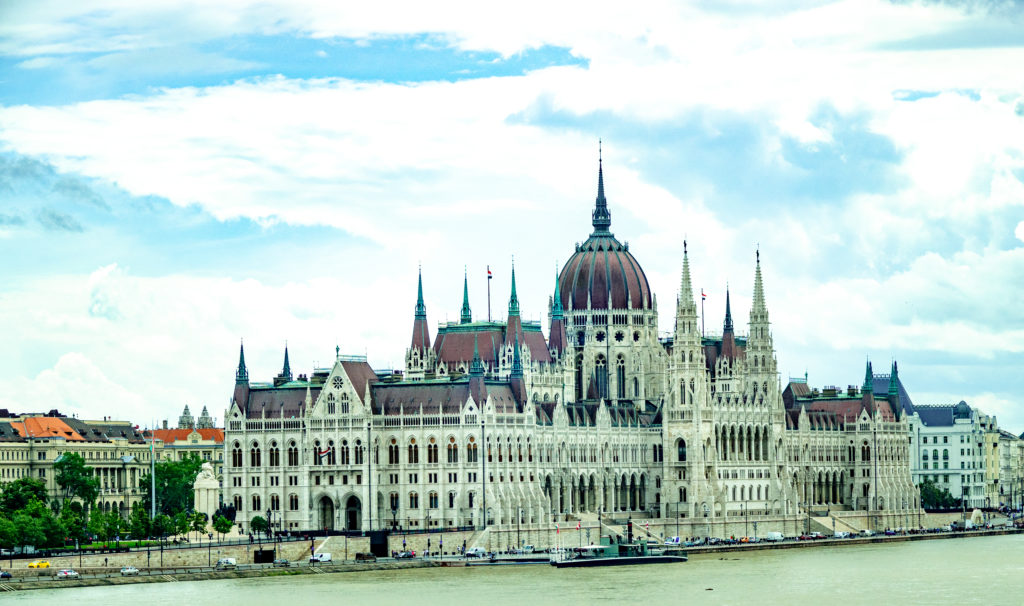

Ron McGinty
I traveled to six countries in two weeks and found their recent history to be confusing and complicated. Following the fall of Communism in the early 1980s, the Eastern European map changed, and many countries declared their independence. On our Danube River cruise, we visited the Czech Republic, Hungary, Croatia, Serbia, Bulgaria, and Romania.
The devastating wars of the late 1980s to the 1990s were to seek independence. Also, there was the war from 1992 to 1995 to exile the Muslim Croats by the Bosnian Serbs. The tensions of neighbors were at a peak. It’s hard to condense this period into a few sentences, but today more than two decades later, there is peace, but not without tensions. The tour began in Prague, Czech Republic, a charming and picture-perfect city, steeped in history.
It is well-traveled by thousands of tourists every day, beware though, let your belt out a few notches because the 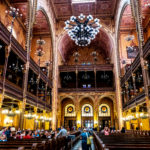 lunches are delicious hearty stews. A step back in time is a walking tour of the Old Town, a UNESCO World Heritage Site. You see a combination of medieval and Gothic architecture, most rebuilt by the Allies after World War II. A must see is the 15th Century Astronomical Clock located in the Old Town Hall across from Church of Our Lady before Tyn.
lunches are delicious hearty stews. A step back in time is a walking tour of the Old Town, a UNESCO World Heritage Site. You see a combination of medieval and Gothic architecture, most rebuilt by the Allies after World War II. A must see is the 15th Century Astronomical Clock located in the Old Town Hall across from Church of Our Lady before Tyn.
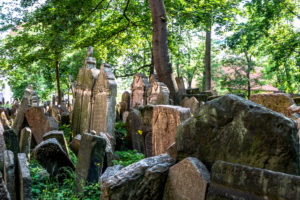 You will not have to wait long as every hour the clock comes alive. It becomes active with its mechanical movements of the “Walk of the Apostles”, arrive early to get a good place to view. Continue your walk through Josefov, the Jewish Quarter, here you will find landmarks of Judaism from the medieval times. Stroll through the exquisite Pinkas Synagogue, located in the rear of the building is an old Jewish cemetery with thousands of tombstones, worth seeing. Around the corner, the Maisel Synagogue houses a collection of Jewish silver and other artifacts stolen by the Germans to display in a “Museum of an Extinct Race”.
You will not have to wait long as every hour the clock comes alive. It becomes active with its mechanical movements of the “Walk of the Apostles”, arrive early to get a good place to view. Continue your walk through Josefov, the Jewish Quarter, here you will find landmarks of Judaism from the medieval times. Stroll through the exquisite Pinkas Synagogue, located in the rear of the building is an old Jewish cemetery with thousands of tombstones, worth seeing. Around the corner, the Maisel Synagogue houses a collection of Jewish silver and other artifacts stolen by the Germans to display in a “Museum of an Extinct Race”.
In Budapest, Hungary, we joined a friend who resides in Naples for the winter and Budapest in the summer. He took
us to the Gundel, one of the oldest restaurants in Budapest, and after 125 years is still a landmark. A must-see because of its opulence and deep-rooted charm. The superb menu is based on Eastern European and Hungarian cuisine. After dinner, we found ourselves atop Krepostnaya Mountain looking down on the breathtaking city lightscape and the Danube River.
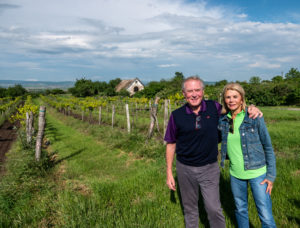 Our last day in Budapest was walking the lush green rolling grounds of three family vineyards. Interestingly, most bottles of wine were under five dollars. While cruising the scenic stretch called the Iron Gate, we passed the carved face of King Decebalus. It took ten years to carve,finally being completed in 2004. Slipping through the narrow gorges, you realize where on the map you are, to the south are the Balkin Mountains and to the north are the Carpathian Mountains.
Our last day in Budapest was walking the lush green rolling grounds of three family vineyards. Interestingly, most bottles of wine were under five dollars. While cruising the scenic stretch called the Iron Gate, we passed the carved face of King Decebalus. It took ten years to carve,finally being completed in 2004. Slipping through the narrow gorges, you realize where on the map you are, to the south are the Balkin Mountains and to the north are the Carpathian Mountains.
My picture taking was extremely limited on this trip. After boarding the ship, 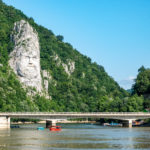 every day until the end in Bucharest was met with drenching rain. We did not let it dampen the experience though of being in this part of Eastern Europe. I want to go back soon to schedule a small group or private tour of Eastern Europe. There were too many significant cities you miss on a riverboat cruise. I am now preparing for Ireland.
every day until the end in Bucharest was met with drenching rain. We did not let it dampen the experience though of being in this part of Eastern Europe. I want to go back soon to schedule a small group or private tour of Eastern Europe. There were too many significant cities you miss on a riverboat cruise. I am now preparing for Ireland.
www.RonMcGinty.com



Leave a Reply
Want to join the discussion?Feel free to contribute!